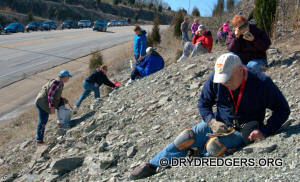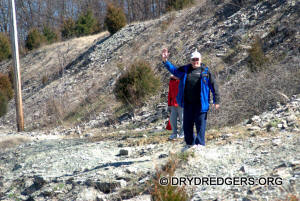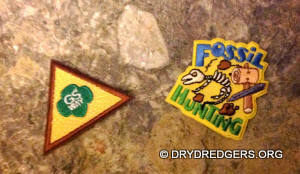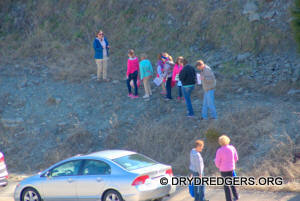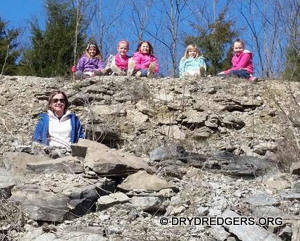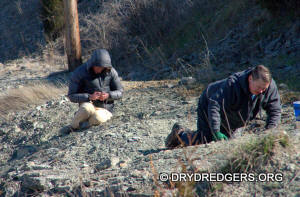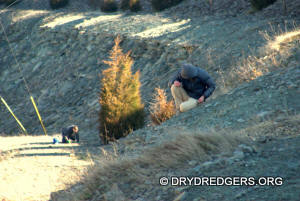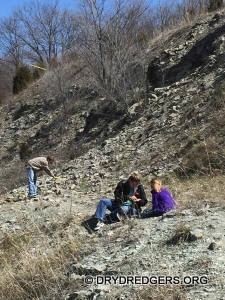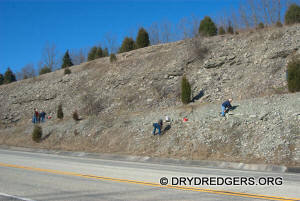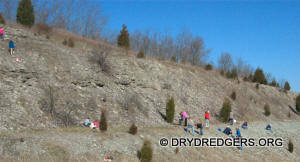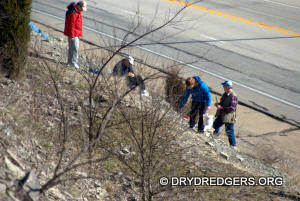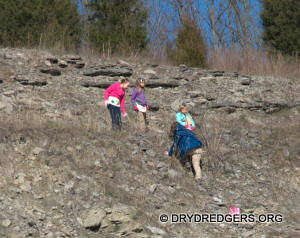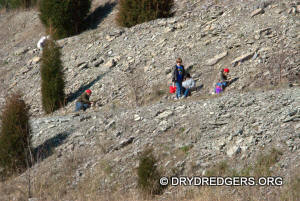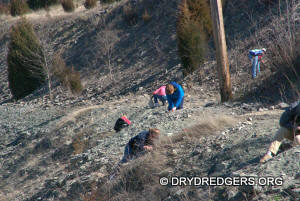Dry Dredgers Field Trip
March 26, 2016
Southeast Indiana
Whitewater, Liberty, Waynesville and Arnheim Formations
Report by Bill Heimbrock
Trilobites
Best Find of the Day
Here is a very nice find. A TRIPLE Rusophycus. These borrows were probably of a
Flexicalyemene sp. trilobite. Were they all made by
the same trilobite? It's possible.
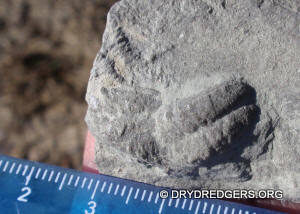
Here's a strange looking trilobite. It is enrolled but the head is missing.
Based on the lighter-than-normal coloration and an identification from a fellow
Dry Dredger (thanks Jerry) this trilobite is probably a
Tricopelta breviceps
(next 2 photos).
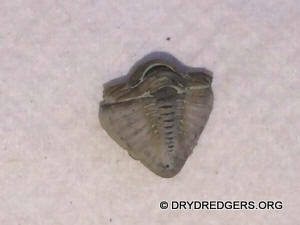
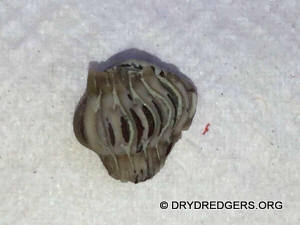
Trilobites are what everyone was looking for. The most common trilobite found
that day was the tiny subspecies Flexicalymene retrorsa minuens.
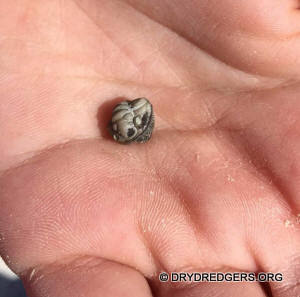
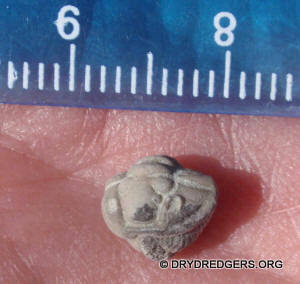
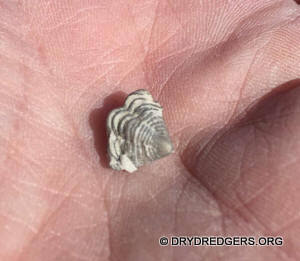
Other larger Flexi's were found. These were Flexicalymene retrorsa.
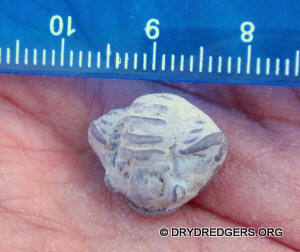
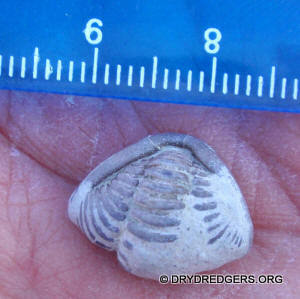
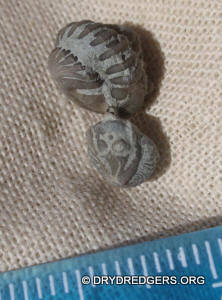
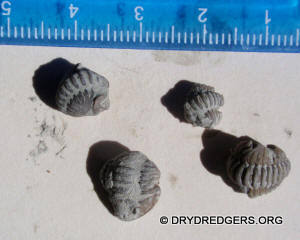
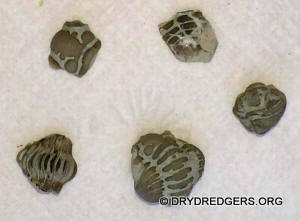
There were thousands of fragments of this trilobite found loose as well. Many of
these were molts.
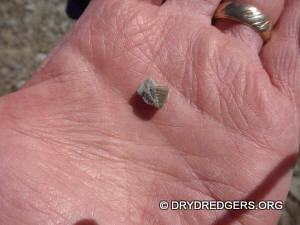
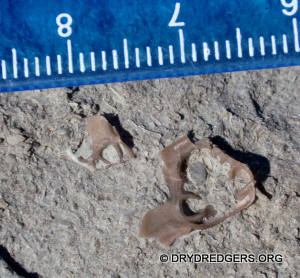
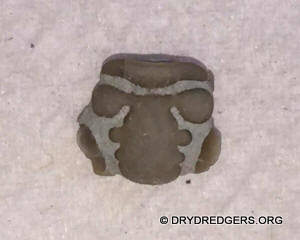
Fragments of Isotelus sp.
As usual, the only Isotelus sp. trilobites found were
fragments. Whole Isotelus sp. are usually only
found by gluing hundreds of pieces together.
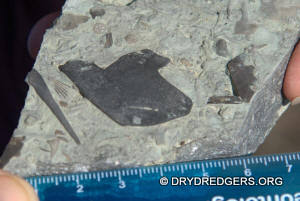
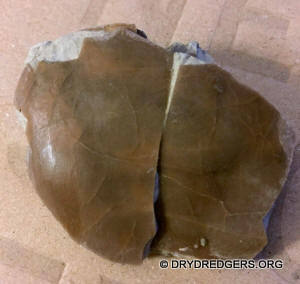
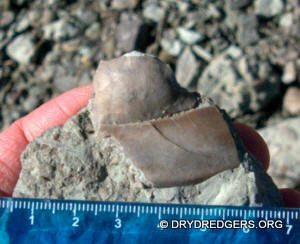
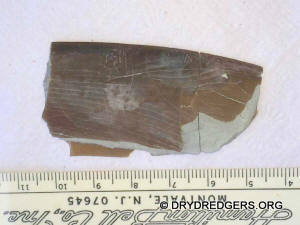
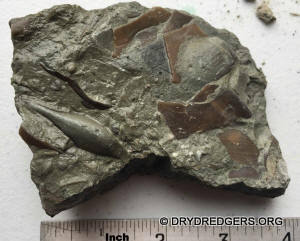
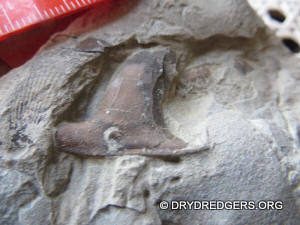
Look at the interesting markings on these fragments of Isotelus sp.
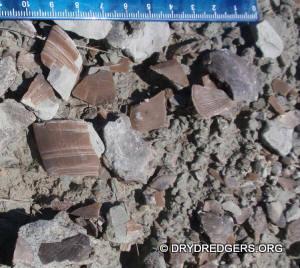
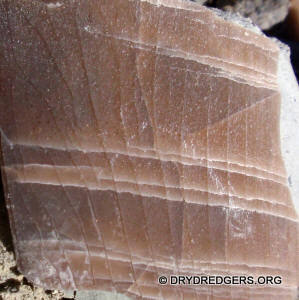
Inarticulate Brachiopods
Always examine the surface of brachiopods. You will find a variety of epifauna
(attaching animals). Many of these will be inarticulate brachiopods. The next 2
photos are a couple of examples found that day.
This inarticulate brachiopod is
Philhedra laelia.
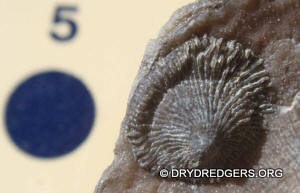
More common were the inarticulate brachiopod,
Petrocrania scabiosa.
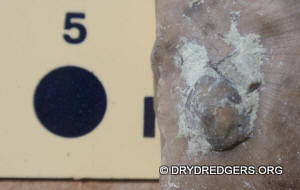
Articulate Brachiopods
You can find at least a dozen different varieties of articulate brachiopods on
this site. One of the most abundant found was
Strophonema sp.
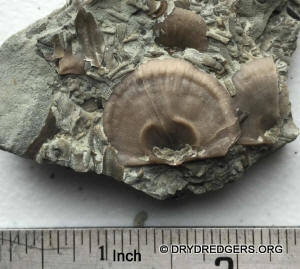
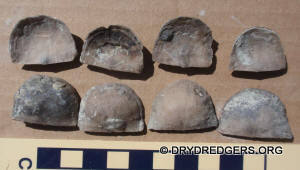
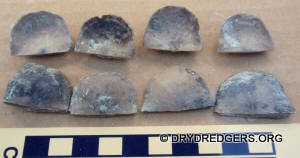
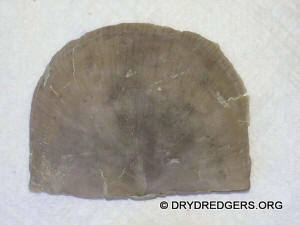
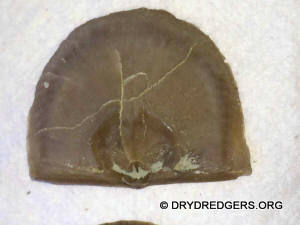
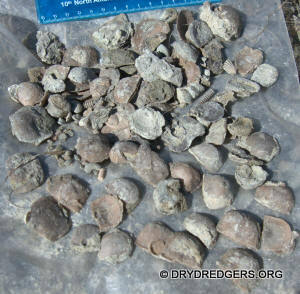
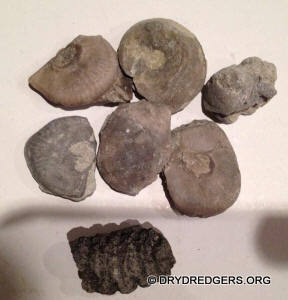
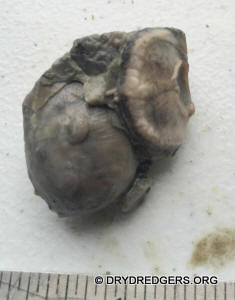
Rafinesquina sp.
There was a larger but similar brachiopod found named
Rafinesquina sp. It is distinguished from the previously shown Strophomena sp.
by the pedicle opening being visible only when you
lay the specimen down concave side up. (next 2 photos)
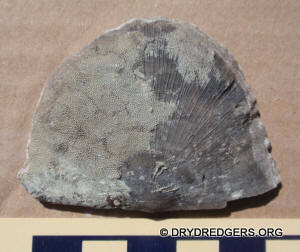
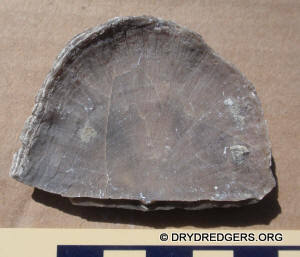
This pedicle opening on Rafinesquina sp. is very noticable
when you are looking at a single valve.
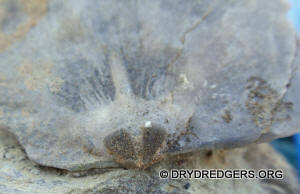
Rafinesquina sp. can be found en
masse in some of the layers where apparent storm events have left hundreds
of specimens shingled and stacked sideways.
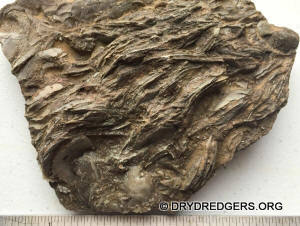
Eochonetes clarksvillensis
A brachiopod found abundantly in some of the layers on this
site we used to call Thaerodonta clarksvillensis. The
specimens found on this site are actually Eochonetes clarksvillensis.
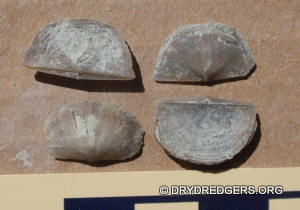
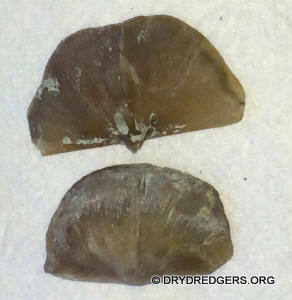
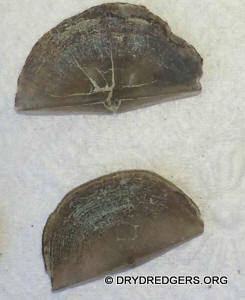
Hiscobeccus capax and
Lepidocyclus perlamellosum
Two similar brachiopods were found in amazing quantities on
this and other Richmondian Stage sites. Here are some photos of our take-homes
of Hiscobeccus capax
and
Lepidocyclus perlamellosum. For the purposes
of this report, I will not identify them separately because I'm only going from
the photographs.

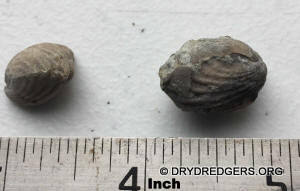
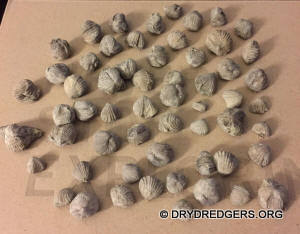
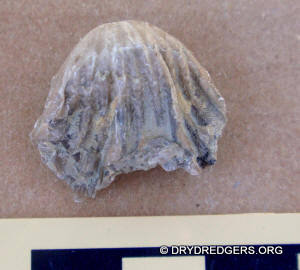
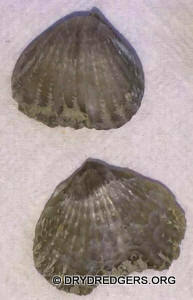
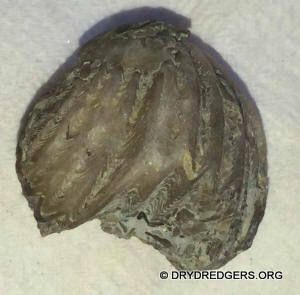
Vinlandostrophia sp.

Hebertella sp.
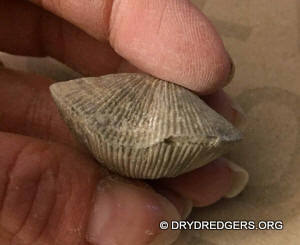
Plaesiomys subquadratus
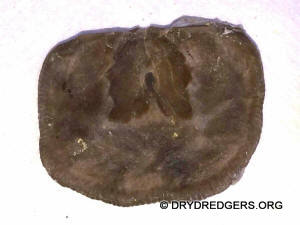
Zygospira sp.
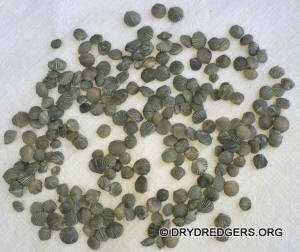
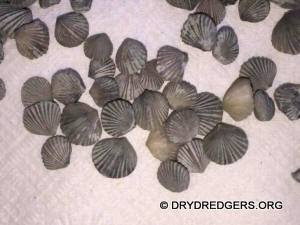
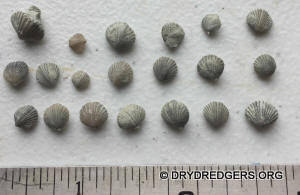
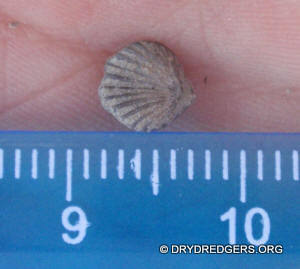
Group shots of mixed brachiopod varieties.
(Can you
identify them all?)
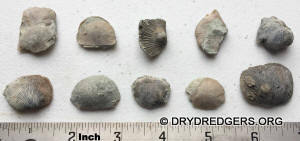
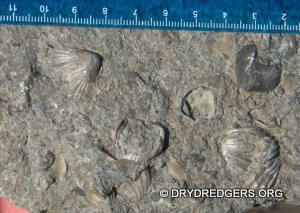
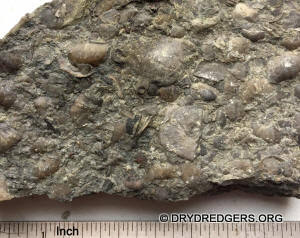
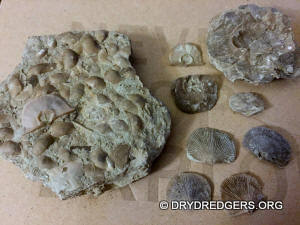
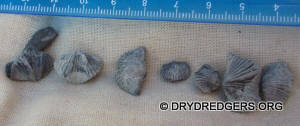
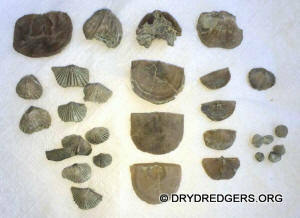
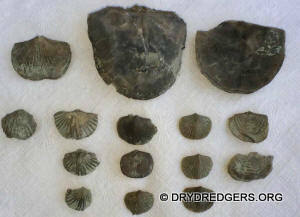
Nautiloid Cephalopods
Here's an interesting straight-shelled nautiloid cephalopod. It is encrusted by
the bryozoan Spatiopora sp..
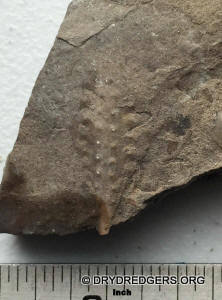
This next cephalopod specimen looks like it was also encrusted with bryozoans,
but the surface facing us in this photo is exposing the internal molds of the
chambers.
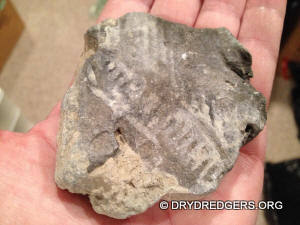
Most of the cephalopods we found were not encrusted with bryozoans but were
clearly internal molds showing the individual chambers of the orthocone.
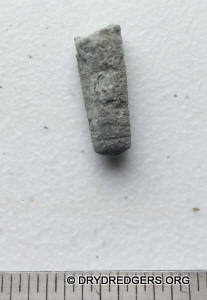
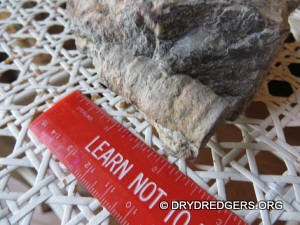
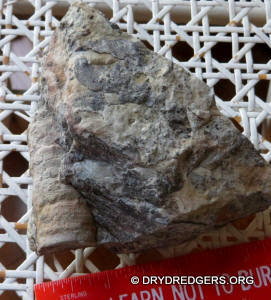
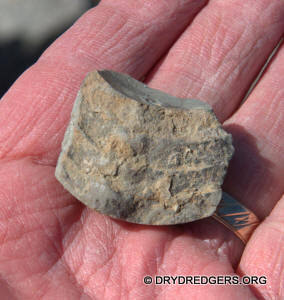
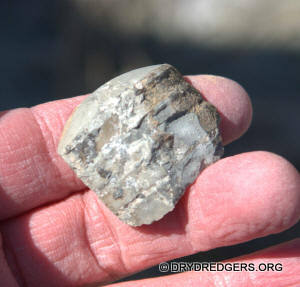
You could see cephalopods in many of the rocks you pick up on this site. They
are either indentations, impressions or protruding objects on the limestone.
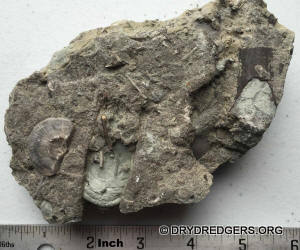
Crinoids
As far as I know, no crinoid calyxes were found. There were
lots of stems shown to me to photograph. This first photo shows individual
columnals of crinoid stems that have a five-point star pattern on them. They
may be
Cincinnaticrinus pentagonus.
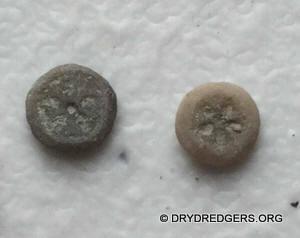
Mostly I saw stems of varying length.
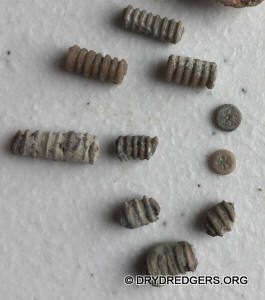
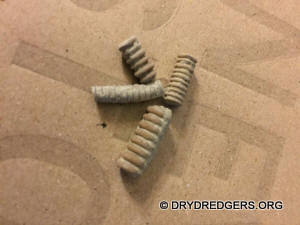
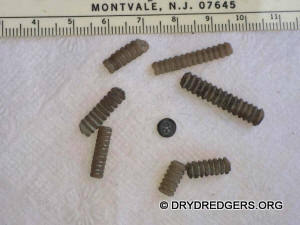
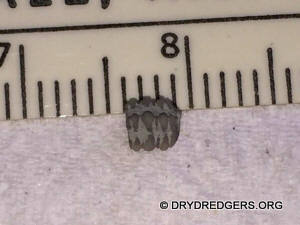
Horn Coral
By far, the most common large coral we saw was the horn coral
Grewingkia canadensis. Some people may have found
colonial corals, but I did not hear of any. Here are photos of some of the horn
coral we found.
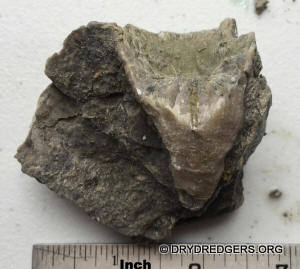
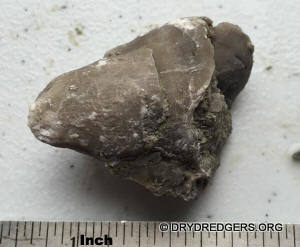
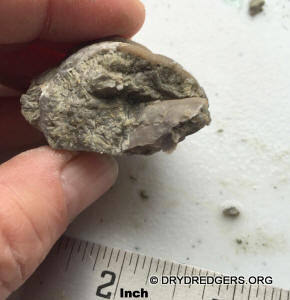
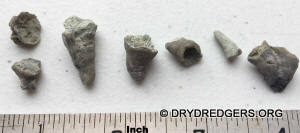
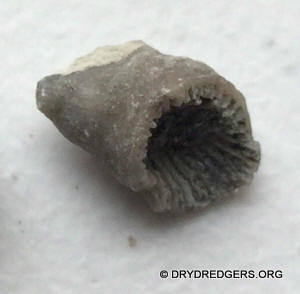
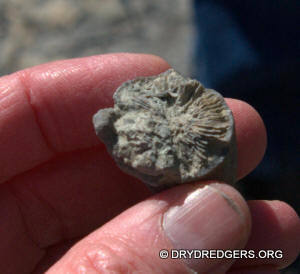
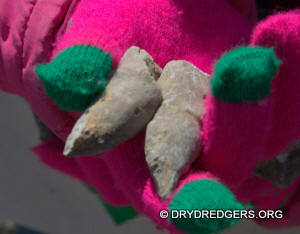
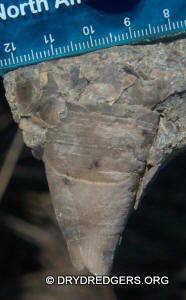
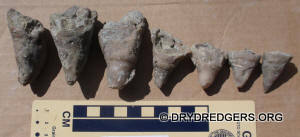
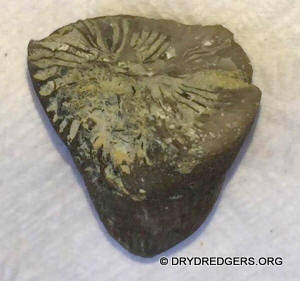
Bryozoans
As is true for all fossil sites in the Cincinnati
Ohio/Indiana/Kentucky area, bryozoans were everywhere.
It was nice to see some examples of Constellaria sp..
These have a stellate pattern on their monticules.
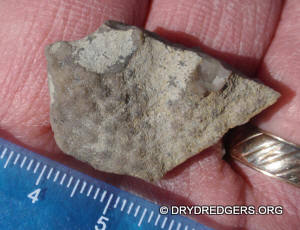
Here is a trepostomate bryozoan with Trypanites
borings.
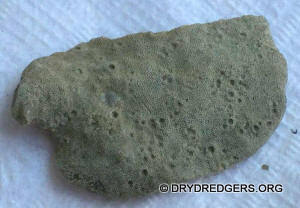
Ramose Bryozoans
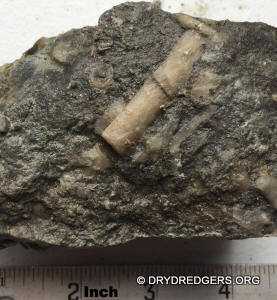
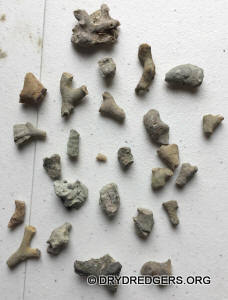
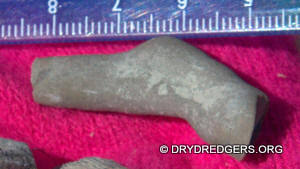
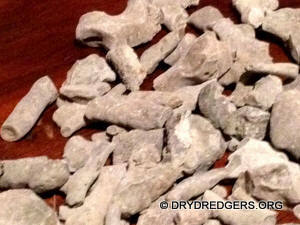
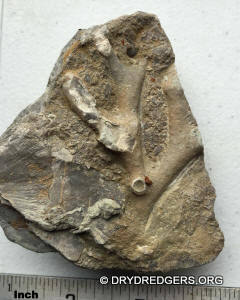
Bryozoans encrusting a Strophomena sp.
brachiopod.
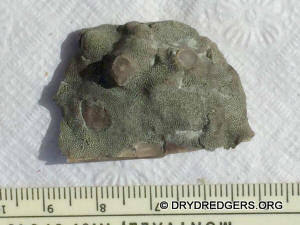
Gastropods (snails)
Cyclonema sp.
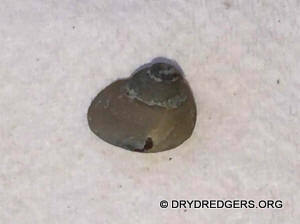
Clathrospira sp.
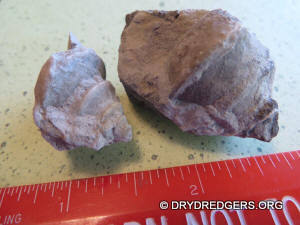
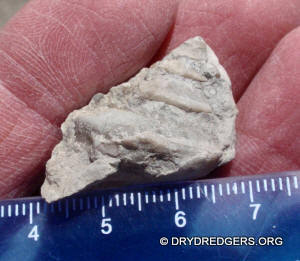
Sinuites sp.
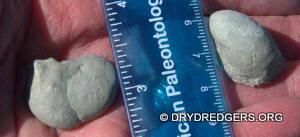
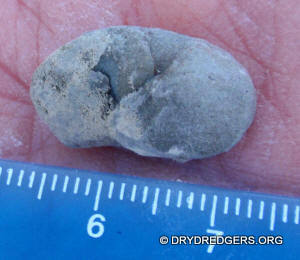
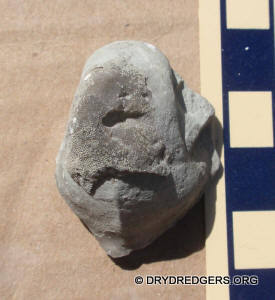
Various internal molds of snails (species is not
identifiable).
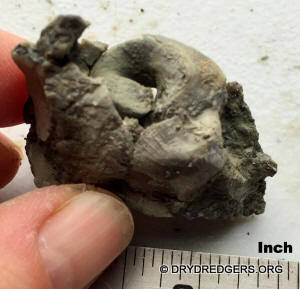
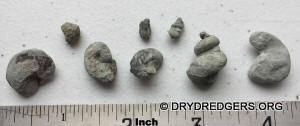
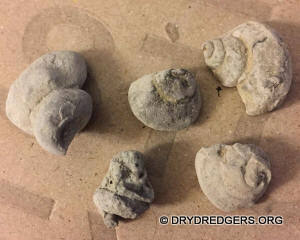
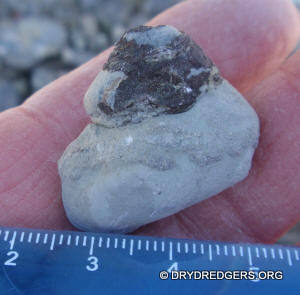
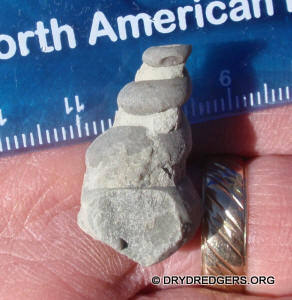
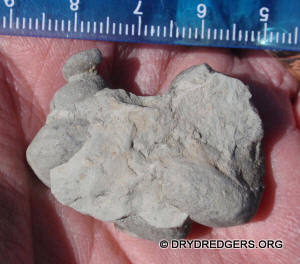
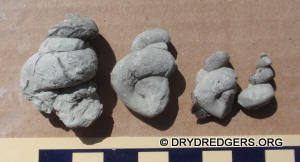
Bivalves (clams)
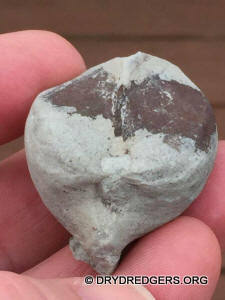
Ichnofossils (Trace Fossils) and Mineral Deposits
Here's an interesting trace fossil. From the looks of it,
these elongated burrows could have been made by clams. If so, the ichnofossil is
named
Petroxestes pera.
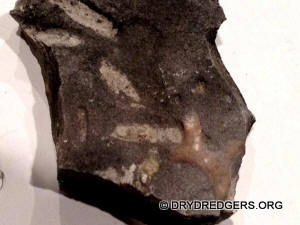
There were a lot of fossil-related minerals shown to me. Pyrite
infills burrows and other cavities. Here are a couple of photos of the many
pyrite burrows were saw.
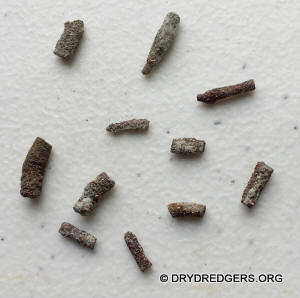
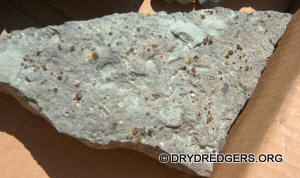
Brachiopods are often found to be geodes when broken open or when the interior
is exposed on a fractured slab. In these cases, the crystals are calcite and
dolomite. (next 4 photos)
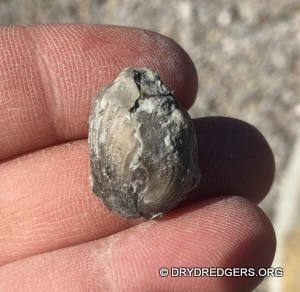
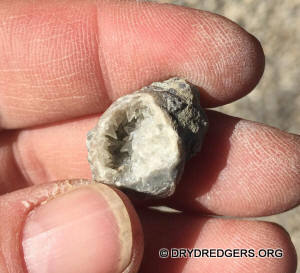

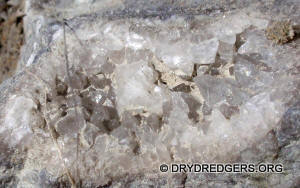
Of course, some people found crystals that were not part of our late Ordovician
landscape but rather transported more recently. Such is true for granite that
was carried by glaciers and also by trucks.
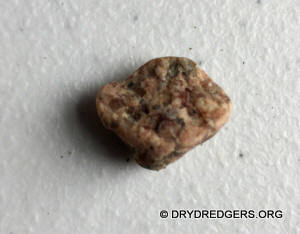
I hope you enjoyed this field trip report. Join the
Dry Dredgers and learn much much more!
Thanks to all the people who contributed photos of their day and the fossils
they found.
Now let's see photos of our April 2016 field trip to
"Ponderosa Ranch" in southeastern Ohio.
See previous field trips to this Southeast
Indiana fossil mecca.
March 2015
March 2014
April
2013
April 2012
May 2011
March 2010
September 2008
September 2007
September 2006
March 2006
March 2004
October 2003
April 2002
Back to the Field Trip Index Page
Return to Dry Dredgers Home Page
The Dry Dredgers and individual contributors reserve the
rights to all information, images, and content presented here. Permission to
reproduce in any fashion, must be requested in writing to admin@drydredgers.org.
www.drydredgers.org is designed and maintained by Bill Heimbrock.
